11 Ancient Mountains With Stories That Still Resonate
Throughout history, mountains have been more than just towering landforms. They have been places of worship, reflection, and connection to the divine. Many ancient civilizations viewed these natural wonders as bridges between the heavens and the earth. Their significance goes beyond their sheer size, as they embody cultural beliefs and spiritual practices.
This post may contain affiliate links, which helps keep this content free. Please read our disclosure for more info.
Mount Fuji (Japan)
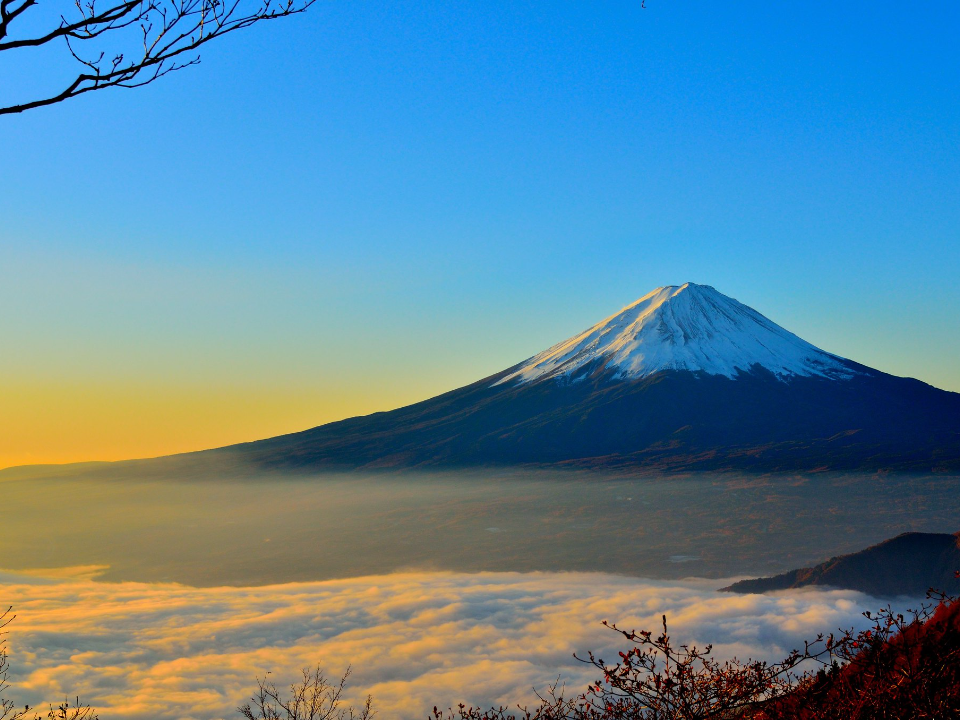
Mount Fuji is Japan’s most iconic peak and holds deep spiritual significance for many. It is considered sacred in Shintoism, with a long history of being a place for pilgrimage. People have climbed this mountain for centuries to pay homage to the gods. The beauty of Mount Fuji and its perfect symmetry make it a revered symbol of Japan.
Climbing Mount Fuji is a tradition that many partake in during the summer months. The mountain’s summit offers a stunning view of the surrounding landscape, and it is a place for reflection. Fuji’s status as a national treasure continues to inspire Japanese culture today. Its awe-inspiring presence in art, literature, and festivals only adds to its reverence.
Mount Olympus (Greece)
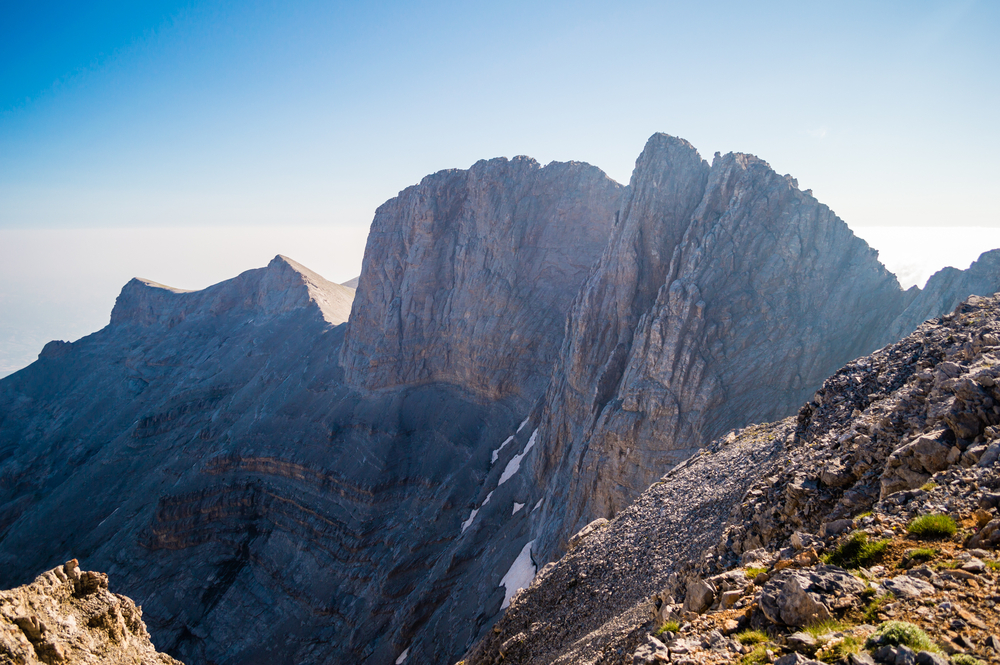
Mount Olympus in Greece is famous for being the home of the gods in ancient Greek mythology. The highest peak, Mytikas, was believed to be where Zeus and other gods resided. For centuries, the mountain has drawn attention not only for its natural beauty but also for its rich mythological importance. It remains one of the most revered locations in the ancient world.
The mountain is now a national park and a popular site for hikers and history lovers. Many ancient Greeks made pilgrimages to the base of Olympus, seeking divine connection. Its towering presence above the plains of Thessaly continues to symbolize the might of the gods. Mount Olympus continues to captivate those interested in both nature and mythology.
Kailash (Tibet)
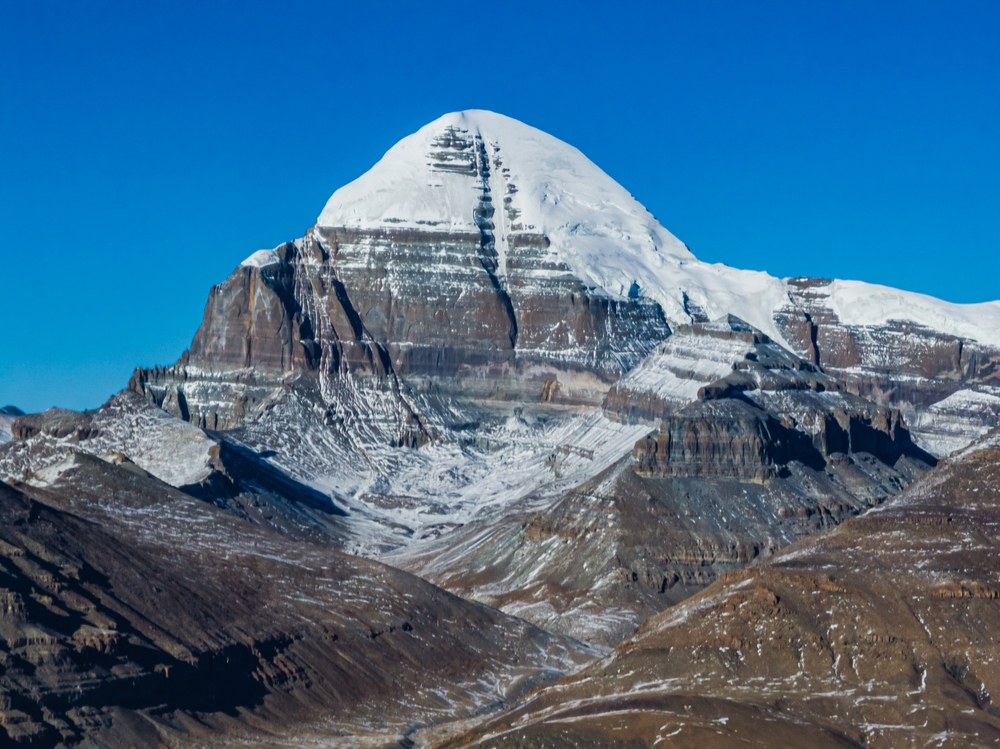
Mount Kailash, located in Tibet, is considered one of the holiest mountains in the world. It is sacred to Hindus, Buddhists, Jains, and Bonpos, with each religion attributing unique spiritual significance to the peak. Pilgrims from around the world travel to Kailash to perform a sacred circumnavigation around the mountain. The mountain’s remoteness and ruggedness only add to its mystique.
The belief that Mount Kailash is the earthly embodiment of Mount Meru, the center of the universe, drives its spiritual importance. Even though it is forbidden to climb, thousands of devotees visit every year. Its harsh, icy terrain contrasts with its deep spiritual significance. Kailash remains an enduring symbol of devotion for those who revere it.
Mount Sinai (Egypt)
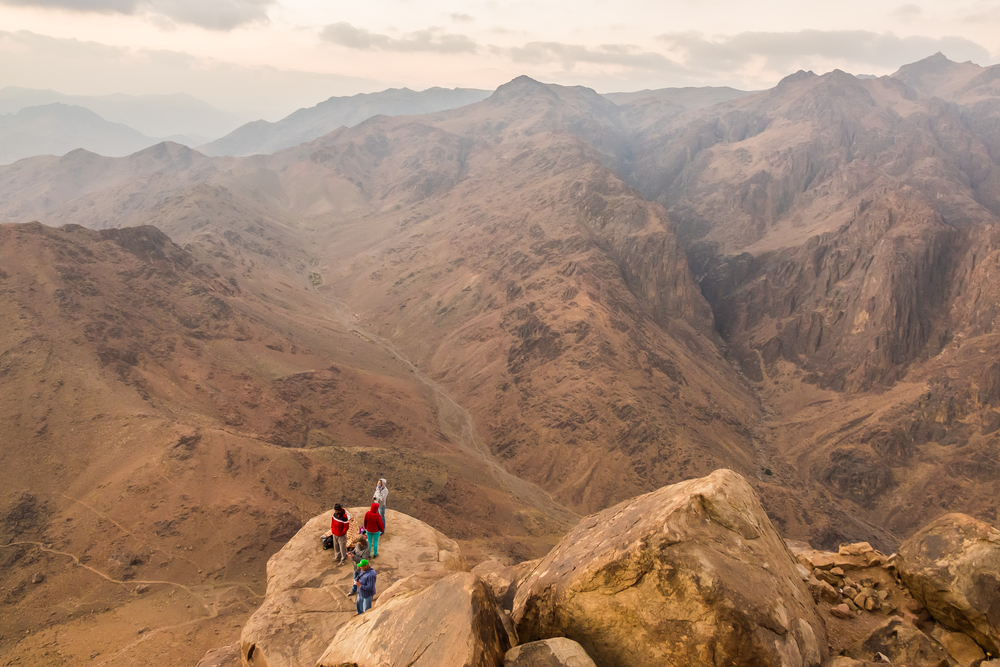
Mount Sinai holds significant religious importance, especially in Judeo-Christian traditions. According to the Bible, Moses received the Ten Commandments on this mountain, making it a place of deep spiritual reverence. The mountain is located in the Sinai Peninsula and has been a pilgrimage site for centuries. It continues to be a symbol of divine revelation and law.
Climbing Mount Sinai is a journey that many pilgrims still take, often in the quiet hours of the night to reach the summit at sunrise. The panoramic views from the top are breathtaking, adding to the sacred atmosphere. Over the years, monasteries and chapels have been built in the surrounding area to honor the mountain’s legacy. Mount Sinai’s connection to the divine remains strong to this day.
Mount Kilimanjaro (Tanzania)
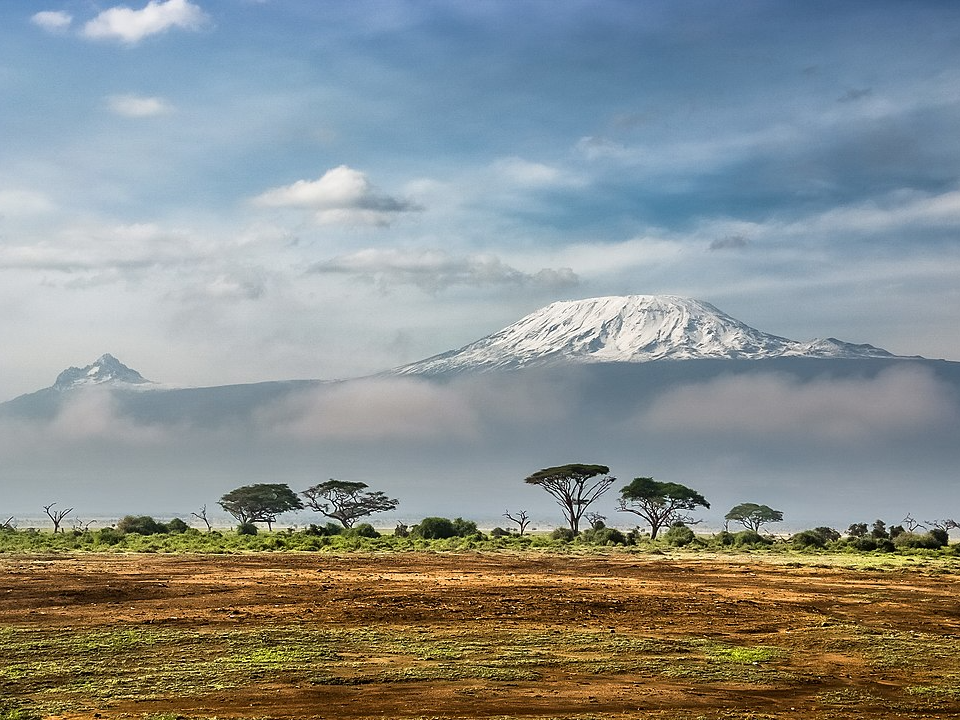
Mount Kilimanjaro is the highest mountain in Africa, standing as a majestic presence in Tanzania. The mountain holds spiritual importance to the local Chaga people, who believe the peak is a home for the gods. It is also seen as a symbol of strength and endurance due to its immense height. Kilimanjaro has inspired countless climbers to push their limits and reach its summit.
The snow-capped summit of Kilimanjaro offers a stunning contrast to the tropical landscape below. It has long been a site of fascination for both locals and visitors alike. Despite being an active climb for adventurers, the mountain remains a revered place in the Chaga culture. Mount Kilimanjaro continues to be a natural wonder and a spiritual symbol in East Africa.
Mount Shasta (United States)
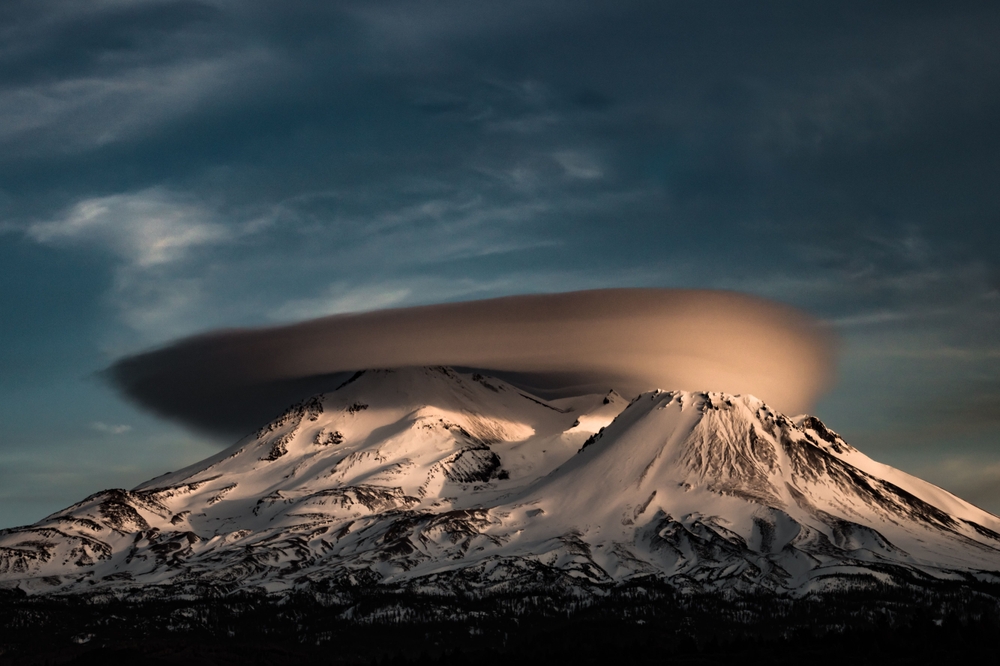
Mount Shasta in Northern California is a dormant volcano that holds sacred importance for various Native American tribes, including the Wintu and Modoc people. These tribes consider the mountain a spiritual site, believing that it is home to sacred spirits. It is also seen as a symbol of strength and endurance, with a rich history of legends associated with it.
The mountain’s grandeur and beauty have made it a popular destination for hikers, climbers, and spiritual seekers alike. Many visit Shasta for its serene and powerful presence, which is said to offer healing energy. The mountain’s peak, often snow-covered, is a sight to behold and remains a place of reverence for those who hold spiritual connections to it. Mount Shasta continues to be a significant cultural landmark in the United States.
Mount Ararat (Turkey)
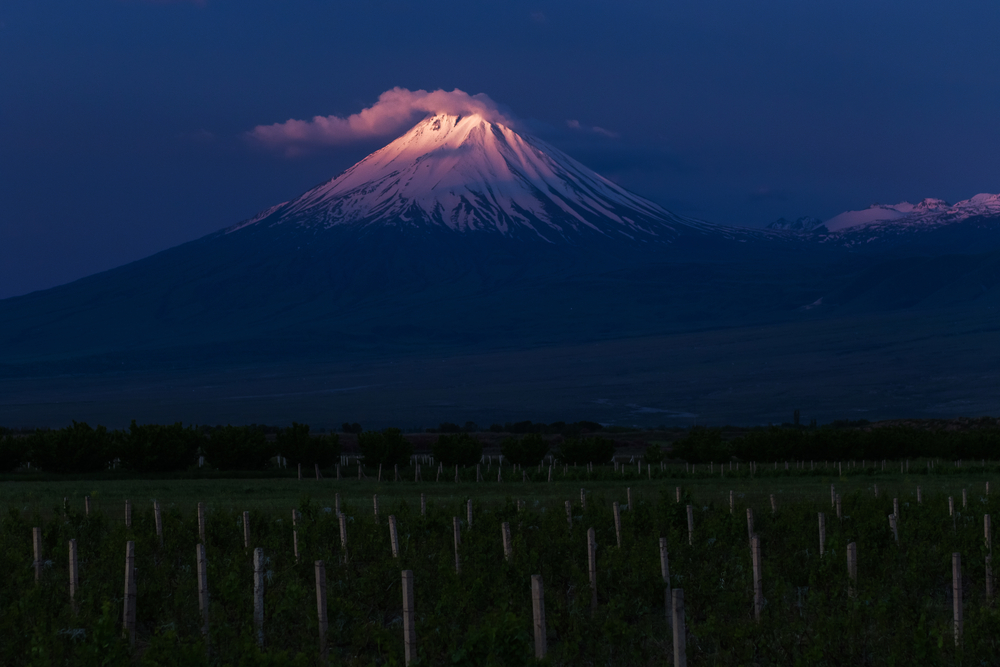
Mount Ararat, located in eastern Turkey, is traditionally believed to be the resting place of Noah’s Ark after the biblical flood. The mountain holds religious significance for Christians, Jews, and Muslims alike, and is considered a sacred site by many. Its snow-capped peak has inspired generations of climbers and historians to seek out its secrets.
The legend of the ark continues to attract explorers and archaeologists, with some believing that remnants of the Ark may still be buried on the slopes. Mount Ararat’s towering height and isolation only add to its sense of mystery. It is a symbol of survival, renewal, and divine providence. The reverence for Ararat extends beyond religious faith, becoming a national symbol for the people of Armenia and Turkey.
Mount Rushmore (United States)
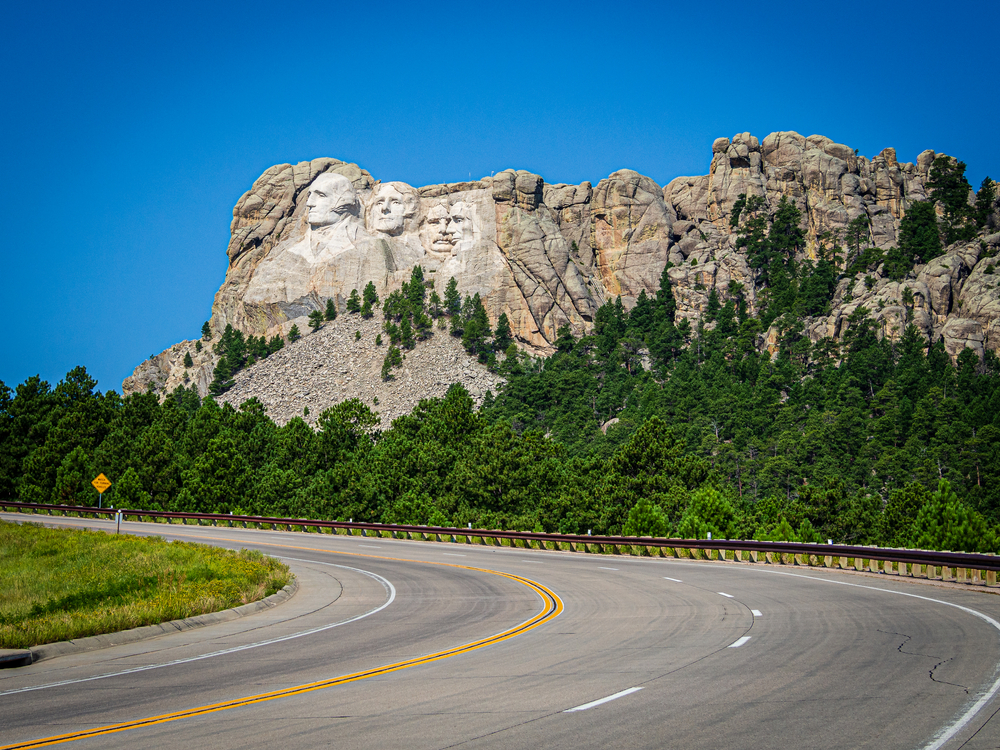
While not a natural wonder like others on this list, Mount Rushmore holds significant cultural and historical reverence in the United States. The massive sculptures of four U.S. presidents like George Washington, Thomas Jefferson, Theodore Roosevelt, and Abraham Lincoln, carved into the granite face of the mountain, have become a symbol of American ideals. For many, it represents freedom, democracy, and the spirit of the nation.
Mount Rushmore attracts millions of visitors every year, both for its historical significance and its stunning artistry. It has become a place of national pride and reflection on the history of the United States. The mountain stands as a testament to the achievements of the country and the leadership of these four presidents. Its cultural importance has made it one of the most revered monuments in the United States.
Mount Taranaki (New Zealand)
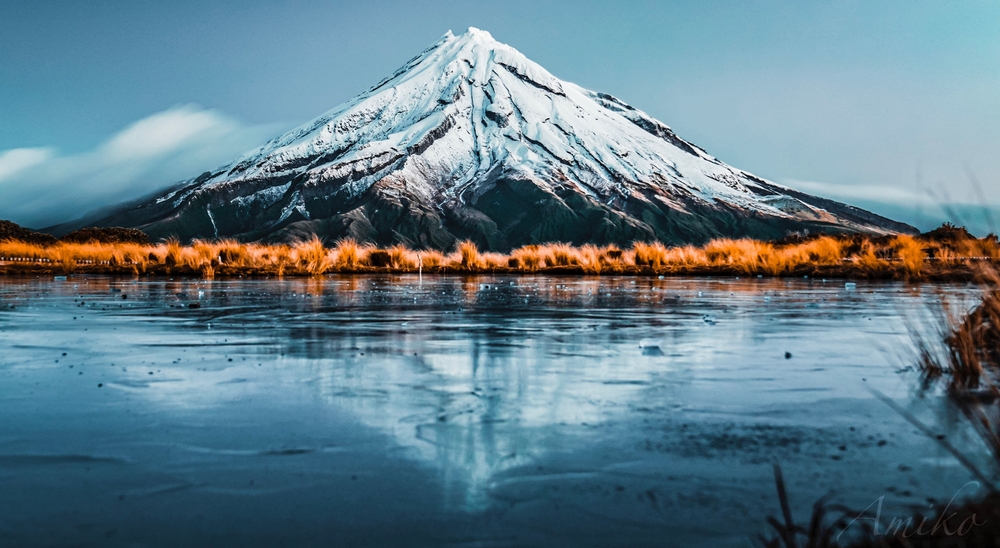
Mount Taranaki, also known as Mount Egmont, is a dormant stratovolcano located in the west of New Zealand’s North Island. It holds deep significance for the Māori people, who regard the mountain as sacred. It is believed to be the home of the god Tāwhirimātea, who represents the forces of weather and nature.
The mountain is famous for its almost perfect cone shape and is a central part of the landscape. Taranaki’s stunning beauty and cultural importance make it a revered site in New Zealand. For centuries, Māori tribes have considered it a symbol of strength and endurance. Today, it remains a powerful cultural landmark and a popular hiking destination.
Mount Bromo (Indonesia)
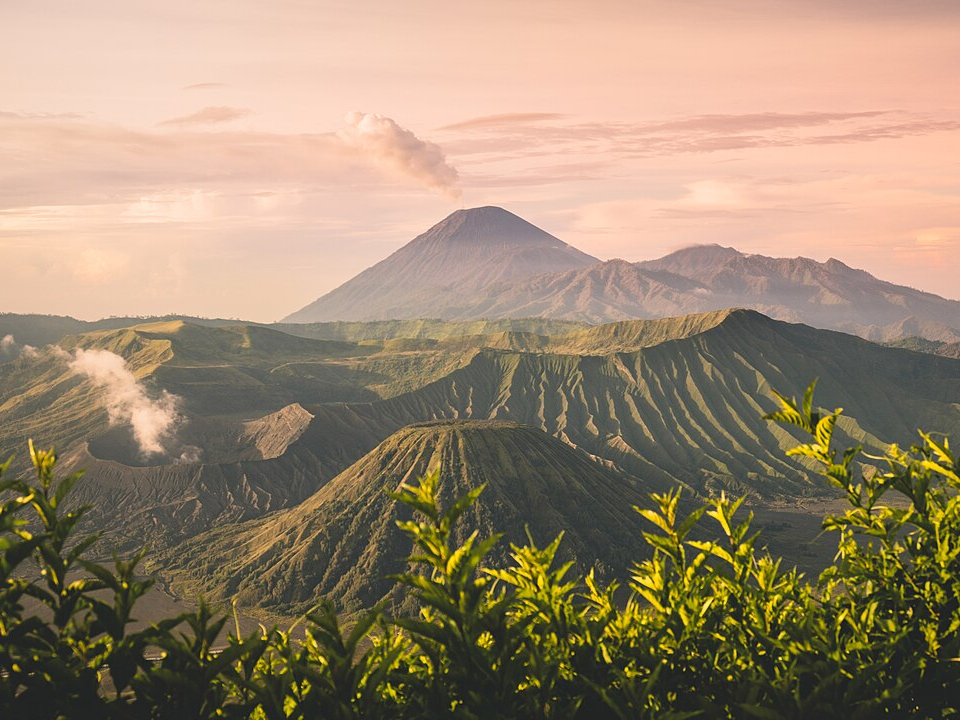
Mount Bromo, located in East Java, Indonesia, is an active volcano that has long been revered by the Tenggerese people. It is considered a sacred site where the Tenggerese perform annual ceremonies to honor the spirits of their ancestors. The mountain is part of the Bromo Tengger Semeru National Park, a region rich in natural beauty and cultural heritage.
The awe-inspiring view of Mount Bromo’s vast crater, surrounded by a sea of sand, continues to attract visitors from all over the world. The volcano’s frequent eruptions have not diminished its spiritual significance. Many trekkers visit the area to witness its breathtaking sunrise. Mount Bromo remains a powerful symbol of both natural beauty and spiritual reverence in Indonesia.
Mount Everest (Nepal/Tibet)
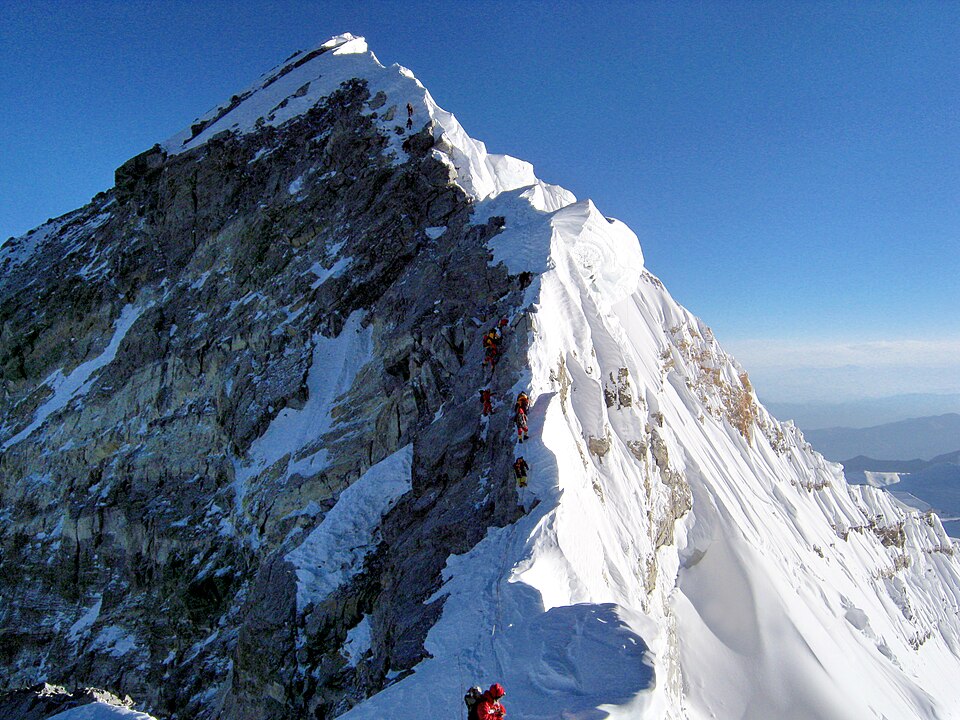
Mount Everest, the highest mountain on Earth, is more than just a physical challenge, as it is a spiritual symbol for many. Revered by the local Sherpa people, it is known as “Sagarmatha” in Nepali and “Chomolungma” in Tibetan, meaning “Goddess of the Sky.” For centuries, the mountain has inspired awe and wonder, drawing mountaineers and spiritual seekers alike.
Climbing Everest has become the ultimate goal for many adventurers. Its vast height and harsh conditions make it a test of human endurance. Despite its difficulty, the reverence for the mountain remains strong, both for its spiritual significance and its awe-inspiring presence. Everest continues to symbolize the strength of the human spirit and the power of nature.
This article originally appeared on Avocadu.
